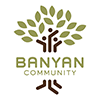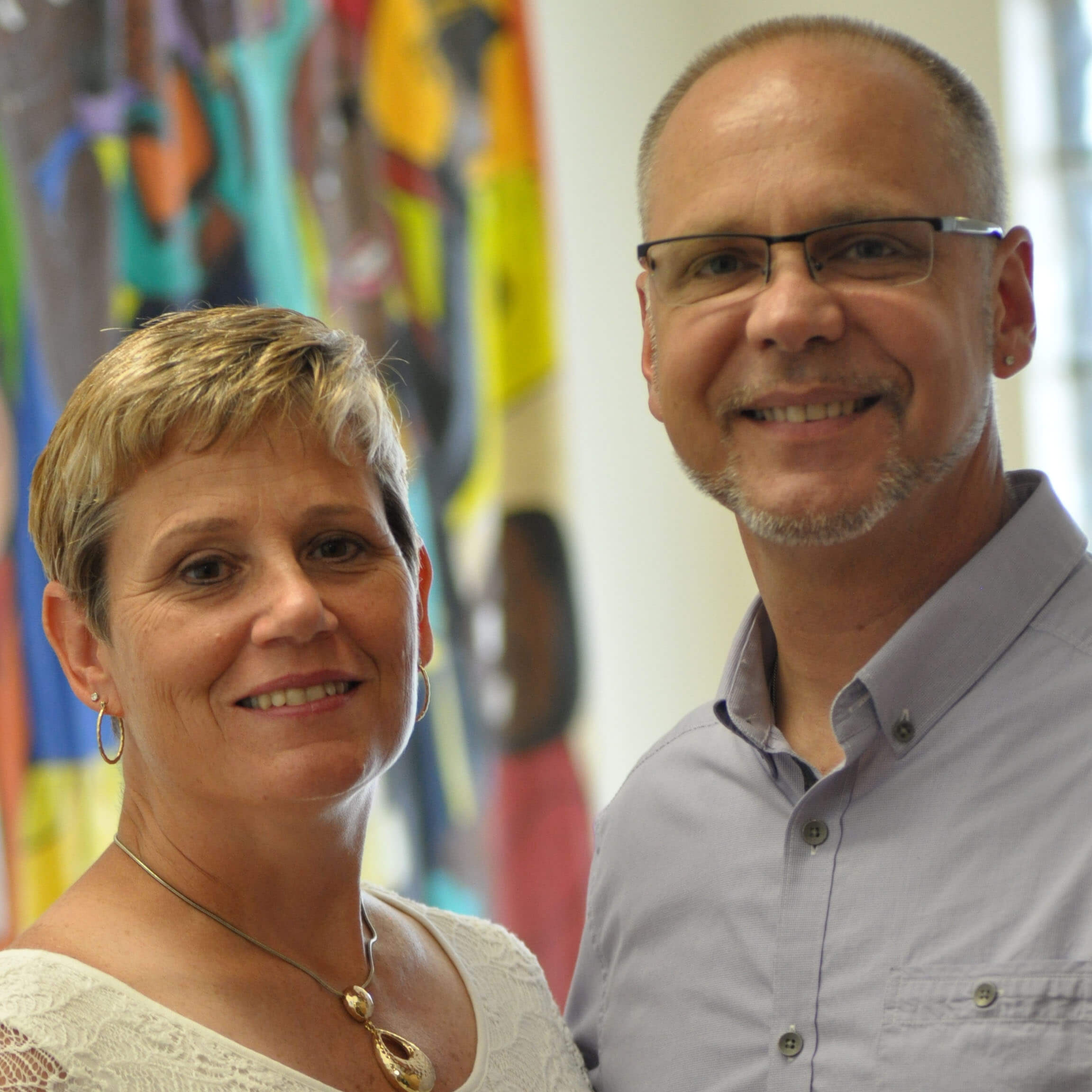(Part 1 of 4)
Joani and I were raised in the middle and upper-middle socioeconomic class. Because of this, the overwhelming impression after year one of living in East Phillips was that “everything is broken”— windows, cars, homes, streets, sidewalks, relationships, schools, employment, furniture, attitudes, policing. We were overwhelmed with the liabilities we saw, so much so that we could not see all the assets (mind you, East Phillips would have been the Twin Cities “poster child” for dysfunctional neighborhoods in the 1990’s). We were unable to see much good.
Asset-Based Community Development is linked to the scholarship of John Kretzmann and John McKnight, Building Communities from the Inside Out: A Path toward Finding and Mobilizing a Community’s Assets[1993] and Asset-Based Community Development Institute at Northwestern University (Evanston, IL). An asset approach is an “insider” approach. And we had yet to become insiders. You can imagine that focusing on liabilities does not build a better future and does not lend itself to happiness and meaningfulness, neither for us nor our neighbors. And so we began to migrate to an asset perspective, giving it more weight than a liability perspective. For us, this took no less than a “conversion” of sorts, a process of moving our allegiances from the people and systems of our upbringing to the people and systems of East Phillips. To outsiders, we became “traitors”.
Next time, I will write about the idea of “community development.”
Tim Essenburg, Co-Founder of Banyan Community and Professor of Economics, Bethel University

